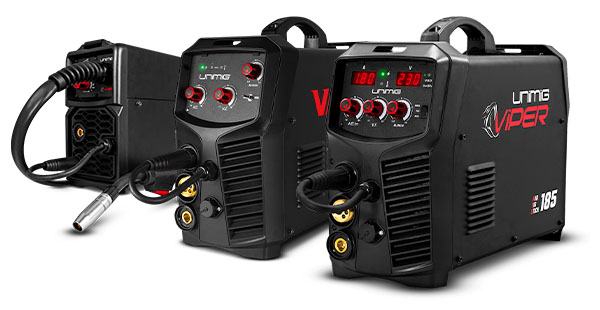Gas vs Gasless: Which One Should You Pick?
August 10, 2021
There are two different ways that you can MIG weld. With gas or without gas. Each method uses its own filler wire, but otherwise, the welding technique remains almost the exact same between the two. So, what’s the difference?
Gas-shielded MIG
Gas-shielded welding is the standard, run-of-the-mill MIG welding that is usually what everyone is talking about when they talk about MIG. It requires an external gas (generally an ArCO2 mix) to protect the weld pool from the atmosphere and other outside contaminants.
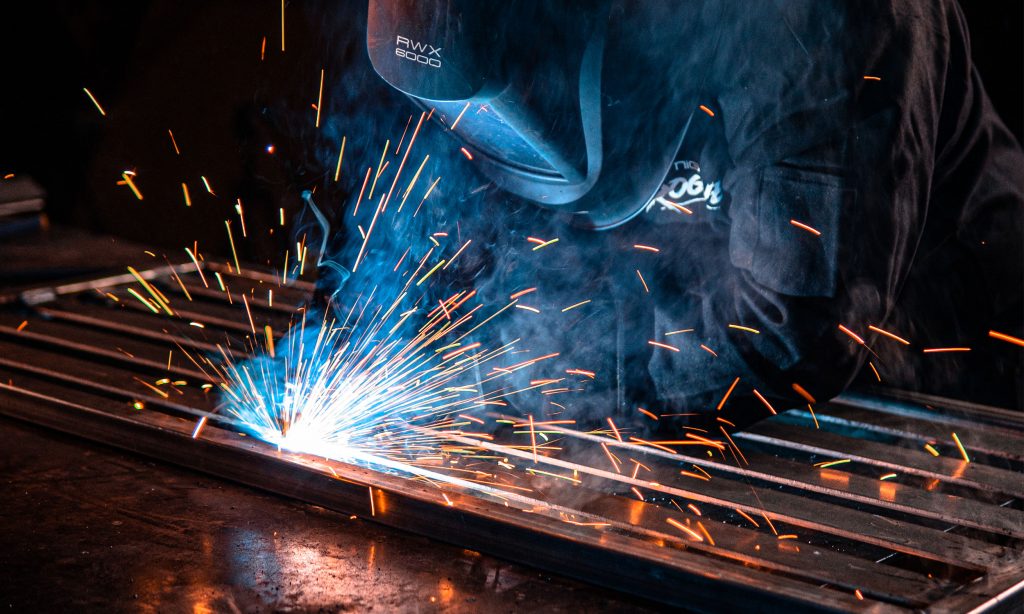
Gasless MIG
To weld gasless, you need to use the specific flux-cored filler wire required. It’s kind of like MIG welding a stick electrode because a protective slag layer forms over the metal to shield it from contaminants. It can be argued that gasless welding isn’t technically gasless.
As the flux inside the wire melts, it releases its own vapours (also known as gases) to protect the pool, which bubbles to the surface to form slag over the weld. That’s why gasless welding is also known as ‘self-shielded’ welding because there’s no gas cylinder needed.

What are the Differences?
Wire Types
The flux-cored wire spools that are used are loaded into a MIG machine in the same way that a standard MIG spool is, and they’re welded the same way (mostly).
The main difference between how you weld with gas or gasless is whether or not you’re pushing or pulling the gun. If it’s gas, you push. If it’s gasless, you drag.
Gasless is generally only used on mild steel because flux-cored MIG wires don’t really come in other kinds of metal. Mild steel is by far the most common when it comes to flux-cored wires. There are flux-cored stainless steel MIG wires, but they’re not as easy to come by.
Flux-cored wires need their own drive roller as well. The knurled (F groove) rollers come with serrated edges, so they can grip and feed the softer wire through the torch without crushing it. Make sure to swap the drive rollers when you switch wire spools.

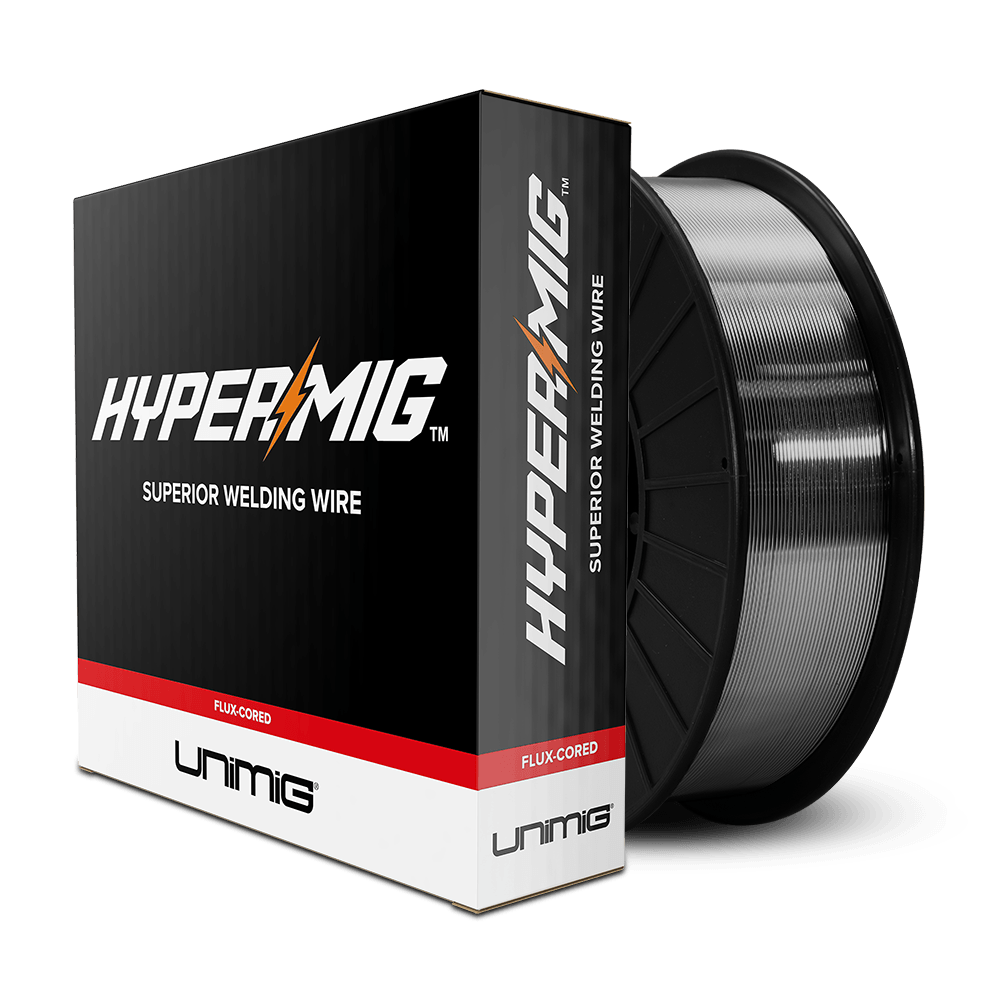
Polarity
Gas and gasless use different polarities. If you’re welding with gas, then you’ll need to set your machine to DCEP (positive polarity). If you’re welding with gasless, you’ll need to set your machine to DCEN (negative polarity).
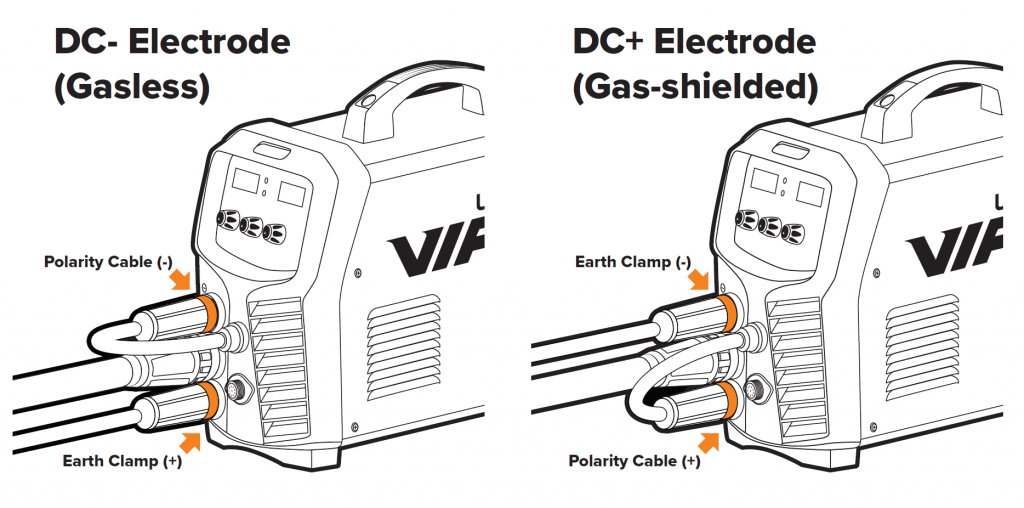
Fumes
MIG welding produces smoke, whether it’s gasless or not. It’s simply a question of which one is worse. The answer? Gasless.
Gasless (flux-cored) welding creates a lot more fumes than when using a shielding gas, thanks to all the things in the flux that work to protect the weld. That’s why gasless welding is much better for outdoor use.
The smoke and fumes that come off a gasless MIG weld are toxic, with short term effects like dizziness and nausea and long-term effects that are more serious.
If you’re inside, you’ll need a respirator or proper ventilation, with an actual ventilator or with a fan to blow it away.
Outside/Inside
Gasless welding isn’t affected by air movement. There’s no shielding gas being blown away by the wind, so it’s perfect for when you need to work outdoors. Not to mention that being outdoors is a great way to ventilate all the smoke that you want to avoid breathing in.
You absolutely can weld outdoors with the gas process, but it’s recommended that some sort of screen or wind shield is put up. The screens will keep any wind or otherwise out, so your shielding gas isn’t blown away, and your weld remains contaminant free.
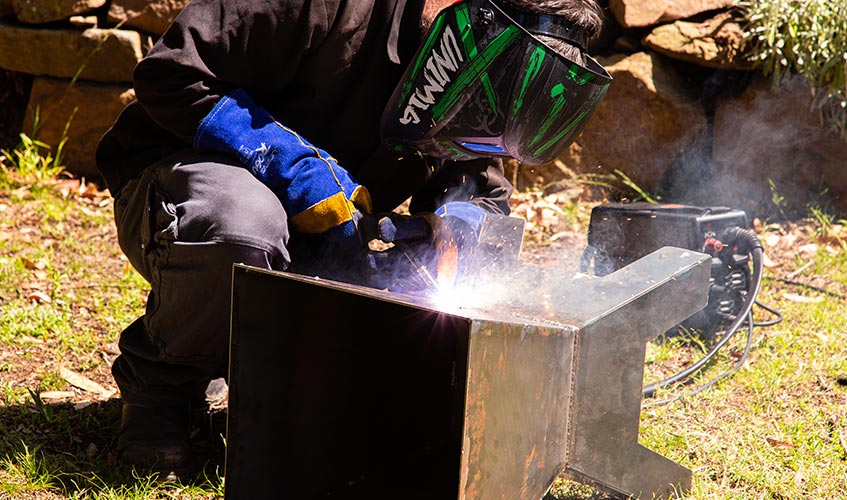
Portability
Gasless uses less equipment because you don’t need a gas cylinder, so it’s lighter and more portable because only the machine is required. Keep in mind every MIG welder needs a power source, regardless of if you’ve got a gas or gasless machine.
Metal Prep
Just like stick welding, gasless wire can weld through paint and rust, for the most part. But, just because you can, doesn’t mean you necessarily should. If you’re welding with gas or gasless, clean metal is the best metal.
Clean Up
Also just like stick welding, the flux-cored wire leaves a layer of slag on top to protect the weld, which needs to be removed.
Gasless welding is prone to more spatter too, which adds to your overall clean up time after a weld. That’s where your handy anti-spatter spray comes in, so the bits of spatter can be chipped off quickly.
Gas-shielded Flux Core
There is a third kind of MIG wire that you can get: gas-shielded flux core. Otherwise known as ‘dual shielded’, it forms a slag covering and requires gas to protect it.
It’s a much more specialised type of MIG welding, and if you’re a home hobbyist, you won’t really need to bother with it.
The ‘dual shielding’ makes it great for structural welding, with increased weld deposition rates, high penetration and a super protected weld.
However, it also comes with some of the cons of gas and flux-cored wires. It produces a lot of fumes, there’s extra clean up of slag once you’re done, and you’ll still need to purchase a gas cylinder, as it adds that extra layer of protection to the weld pool.
Which One Should You Use?
There are pros and cons to both gas and gasless MIG welding, so which process you choose is going to depend on what welding work you’re looking to do. There are a couple of things that should be considered when debating between the two.
Your location – where are you going to be welding?
If you’re going to be welding outside, especially if it’s farm work like repairing a fence and you’re somewhere kind of remote, gasless is the way to go.
If you’re going to be inside or out of the elements, you’ll want gas.
Your metal – what metal type and thickness are you welding?
Gasless welding has a few restrictions, so if you’re working with stainless and aluminium, then you’ll need gas-shielded MIG.
Portability – do you need to be portable?
Is trying to move a gas cylinder practical for where you’ll be welding? If your answer was no, go gasless.
Cost – what’s your budget?
Flux-cored wire spools are generally more expensive than their solid wire counterparts, but overall, it’s cheaper because you don’t have to pay for a gas cylinder on top of the cost of the wire spool.
Every UNIMIG MIG welder can do gas and gasless MIG in the same machine. You’ll just need to change the torch polarity and have the correct filler wire.
That means you’ll be able to run gas-shielded MIG, flux-cored MIG and gas-shielded flux core MIG wires on one machine. Having a welder with the ability to run both gas and gasless applications makes your choice easier. You won’t be locked into a single method, and you can pick and choose depending on each individual application.
